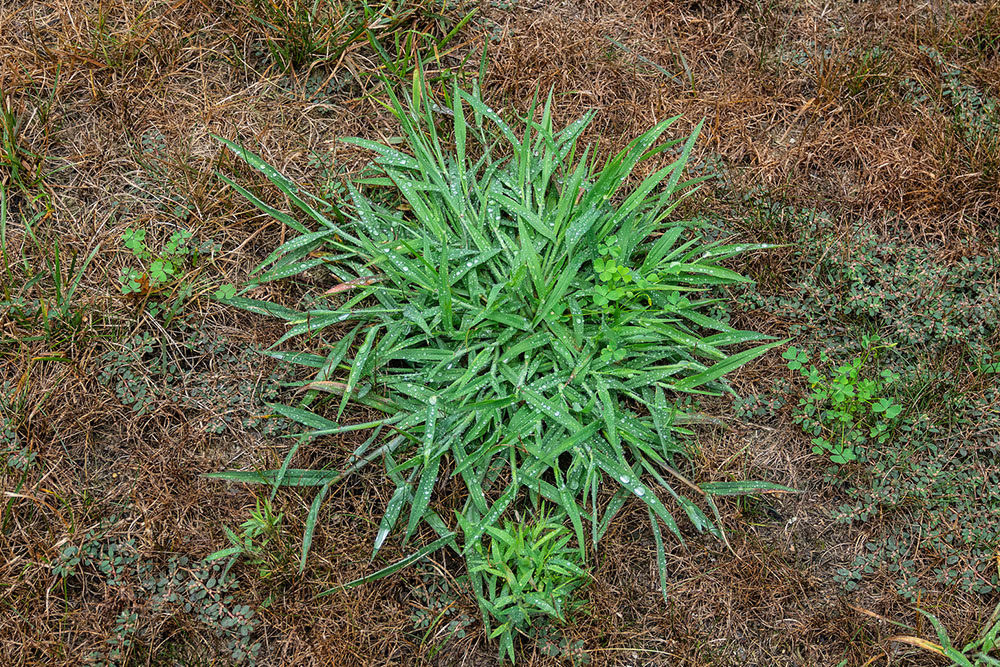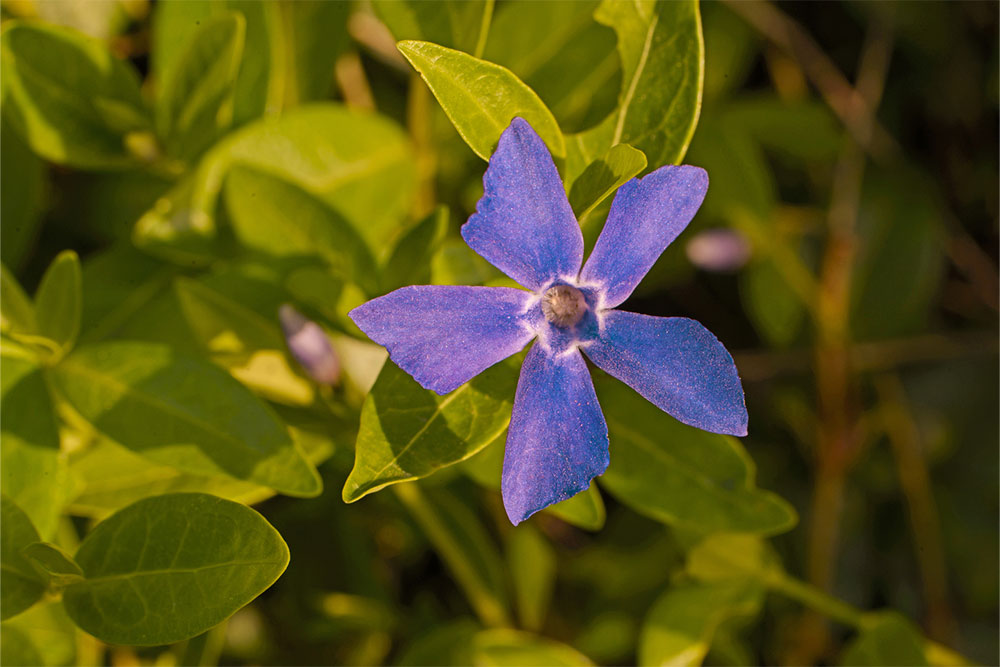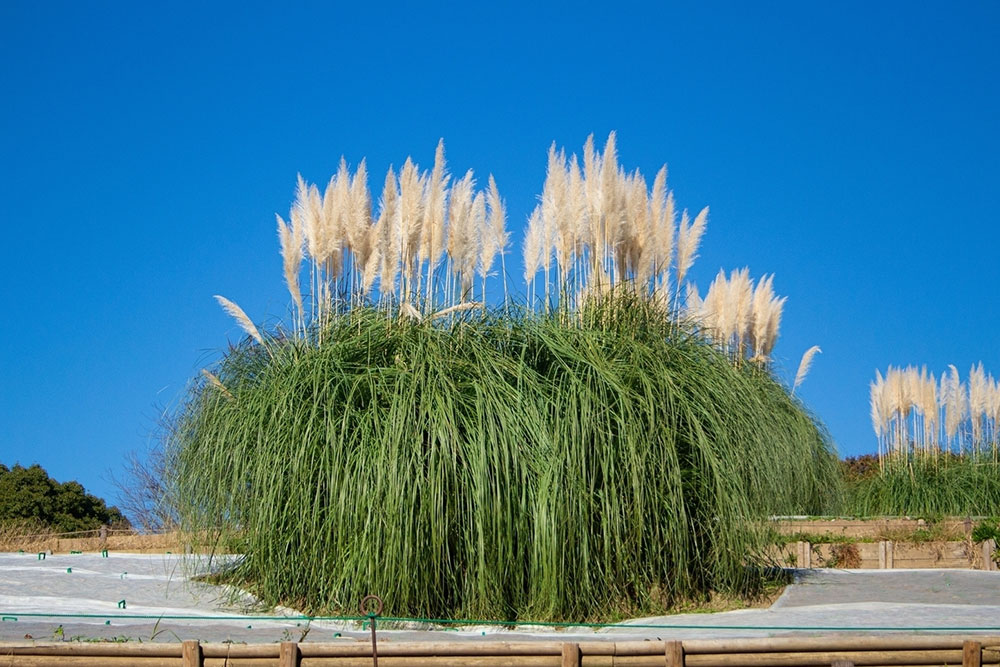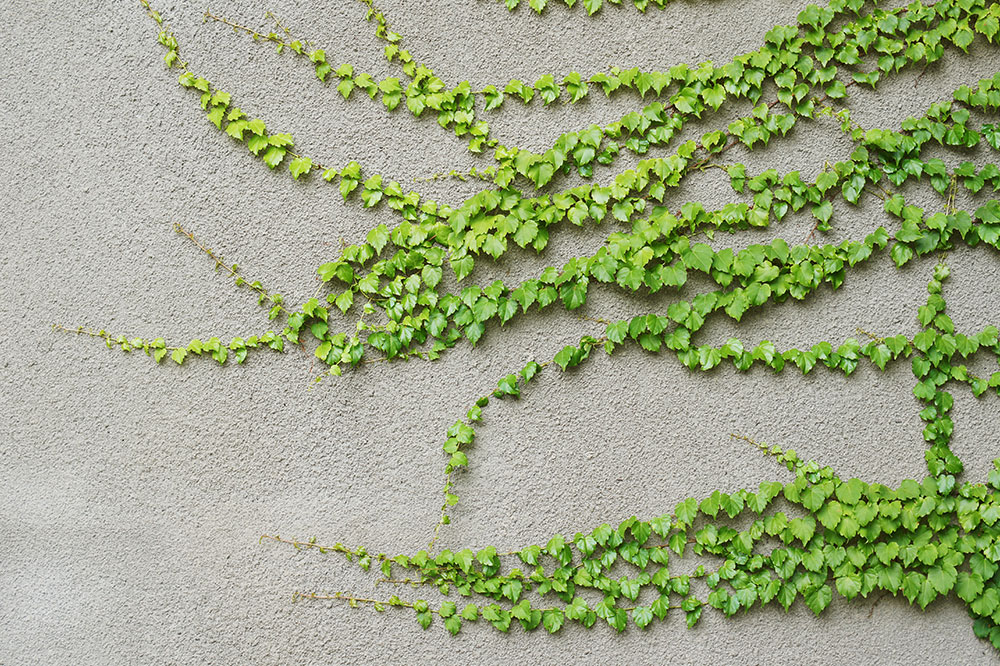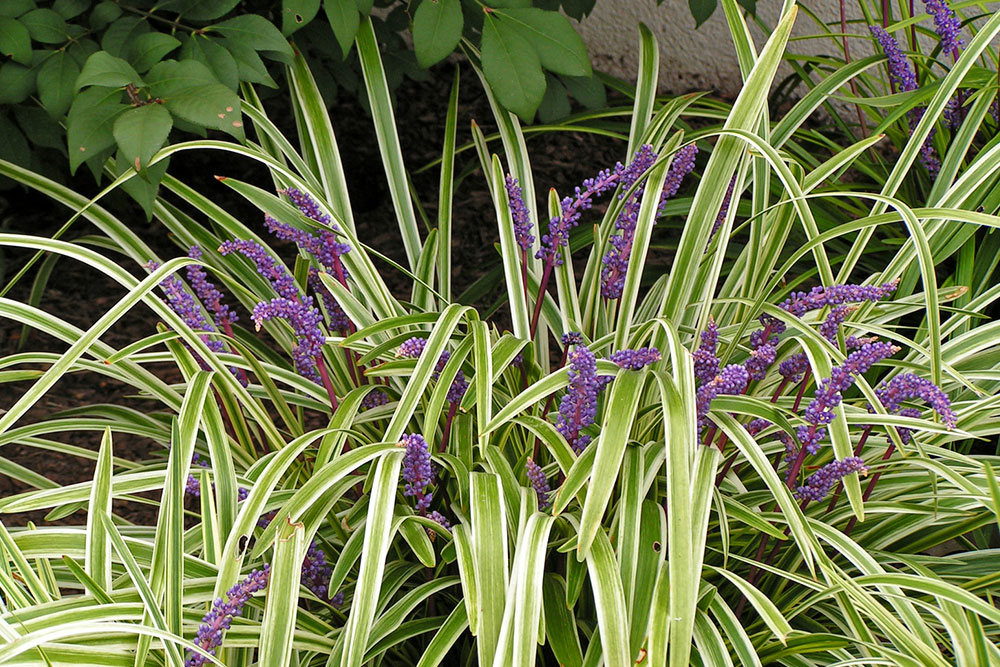Effective Strategies for Eliminating Ivy Plants
Learn effective methods to control and permanently remove invasive ivy plants from your property. From pruning and digging to herbicide application, this guide offers practical tips to prevent ivy from damaging your landscape and structures, promoting a healthier garden and environment.
Sponsored
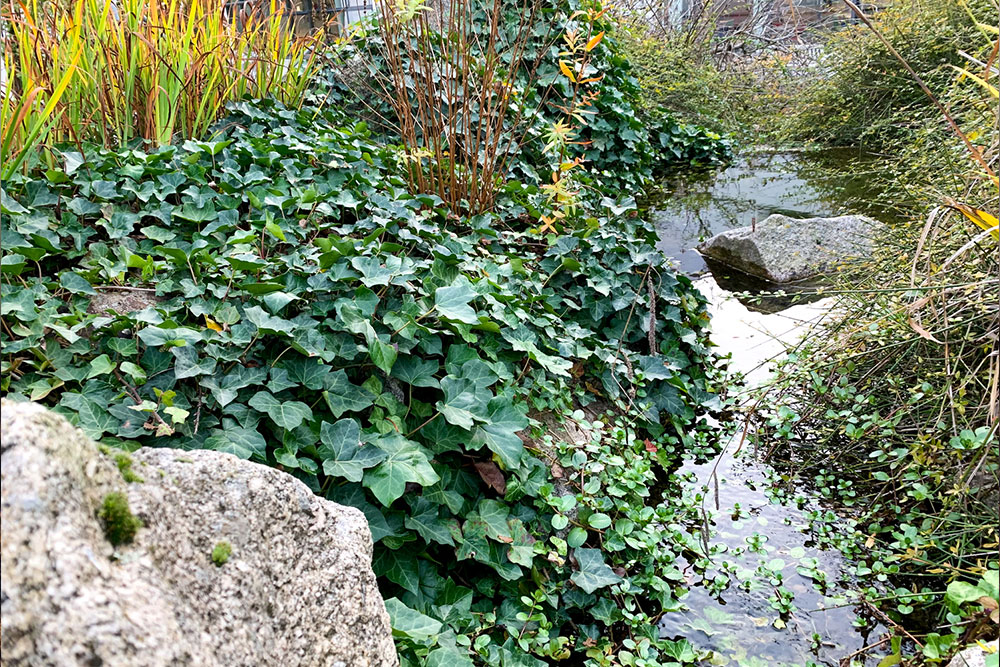
Ivy, an invasive species, can quickly spread across large areas, smothering native flora. Its evergreen vines form dense mats that suppress other plants and can damage structures. Once established, ivy requires minimal water and light to thrive, making removal necessary to protect your landscape. Proper removal prevents it from taking over gardens, trees, and buildings. Understanding how to effectively eliminate ivy is crucial for gardeners and homeowners wanting to preserve natural beauty and prevent property damage.
Why is ivy a concern?
In just a few months, a single ivy plant can expand into expansive patches, choking out native vegetation, and climbing onto trees and shrubs, often causing their death.
Reasons to remove ivy
Removing ivy is essential because it:
Displaces native plant species
Harms trees and shrubs
Prevents forest regeneration
Impacts natural water flow
Creates habitats for pests and rodents
Methods to eradicate ivy
Here are proven ways to effectively remove English ivy from your property:
Pruning vines
When leaves turn yellow, locate the vines at their base and carefully detach them from walls or structures without damaging surfaces. Use pruning tools to cut resistant vines. Keep in mind, cutting alone isn’t enough, as roots remain in the soil, enabling regrowth.
Removing the root base
For mature infestations, cut the vines at the ground level using garden clippers or power tools. This prevents further spreading and is a critical step for long-term control.
Digging out roots
Water the soil before digging to loosen roots, ensuring you remove all deep roots and prevent new shoots from emerging.
Regular mowing
In flat areas, frequent mowing can weaken ivy mats, especially if done weekly, reducing its vigor over time.
Covering with plastic
Wrap ivy-covered areas with opaque, thick plastic sheets to block sunlight. This method starves the plants, causing them to die after about a year.
Herbicide application
Using effective herbicides like glyphosate is one of the most efficient ways to kill ivy, especially over large or old infestations. Apply after damaging the stems to allow better chemical absorption.
Vine mulching
Apply mulch—such as straw, wood chips, or grass clippings—in layers several inches thick to suppress ivy growth effectively.
Permanently eliminating ivy
To eradicate ivy permanently, combining manual removal with herbicide treatment is most effective. Damaging the stems before applying herbicide allows the chemical to penetrate better, ensuring root kill and preventing regrowth.

